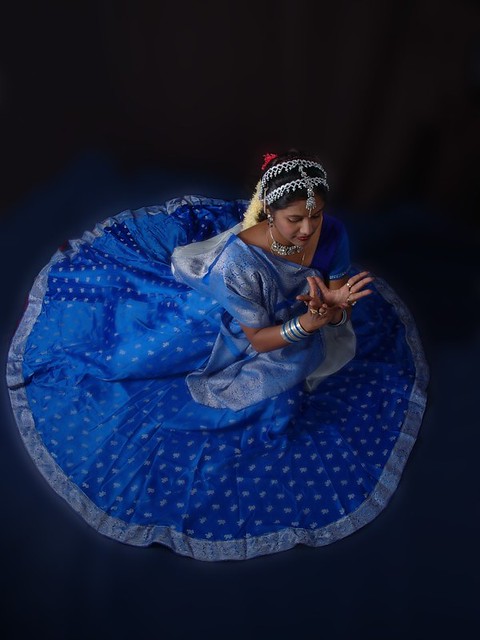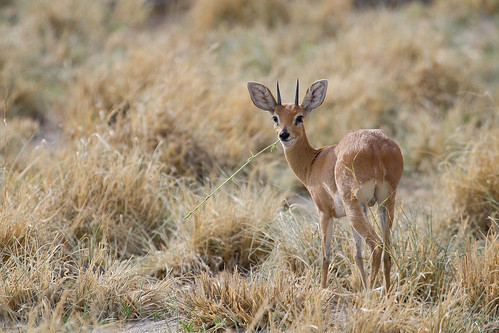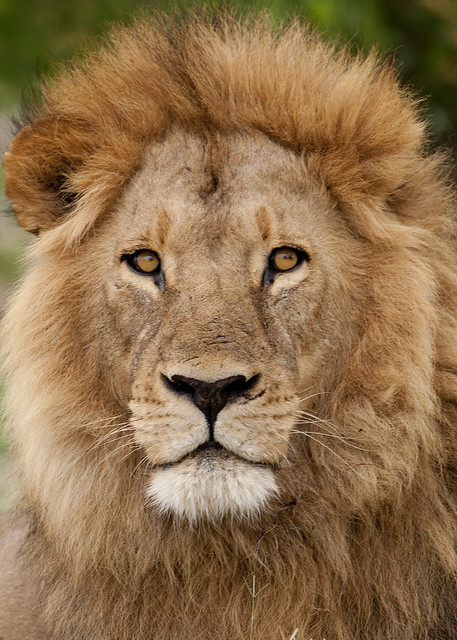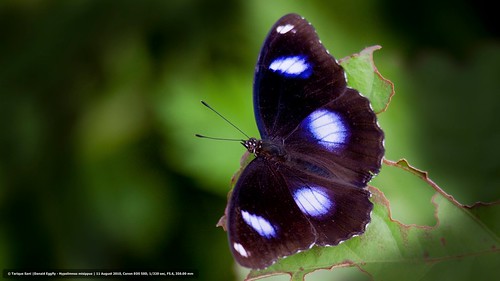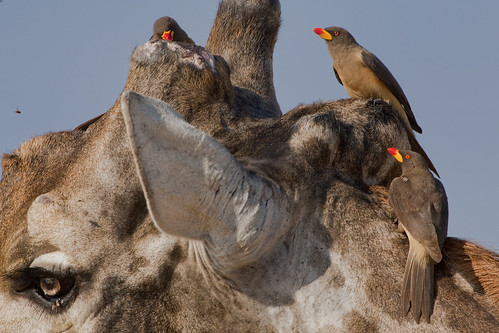
Transit of Venus as seen at Sun rise from Nagpur. Despite clouds I was lucky enough to get a short window where the Sun peeked thru. If this window had passed I would have needed elaborate filters…
The 2012 transit of Venus, when the planet Venus appeared as a small, dark disk moving across the face of the Sun, began at 22:09 UTC on 5 June 2012, and finished at 04:49 UTC on 6 June. Depending on the position of the observer, the exact times varied by up to ±7 minutes. Transits of Venus are among the rarest of predictable celestial phenomena and occur in pairs, eight years apart, which are themselves separated by more than a century. The previous transit of Venus took place on 8 June 2004 (preceded by the pair of appearances on 9 December 1874 and 6 December 1882), and the next pair of transits will occur on 10–11 December 2117 and in December 2125.
The entire transit was visible from the western Pacific Ocean, northwesternmost North America, northeastern Asia, Japan, the Philippines, eastern Australia, New Zealand, and high Arctic locations including northernmost Scandinavia, and Greenland. In North America, the Caribbean, and northwestern South America, the beginning of the transit was visible on 5 June until sunset. From sunrise on 6 June, the end of the transit was visible from South Asia, the Middle East, east Africa, and most of Europe. The phenomenon was not visible from most of South America, nor from western Africa. There were a number of live online video streams with footage from telescopes around the world. Midway through the transit one of the NASA streams had nearly 2 million total views and was getting roughly 90,000 viewers at any given moment.
Many more pictures can be seen on the wikipedia page linked below


